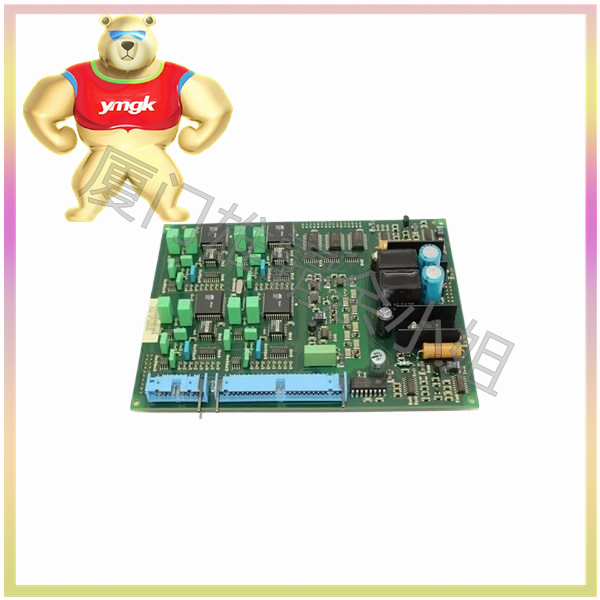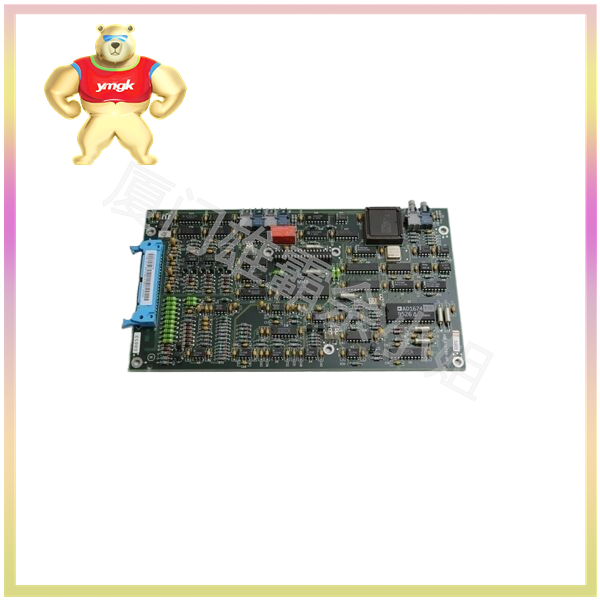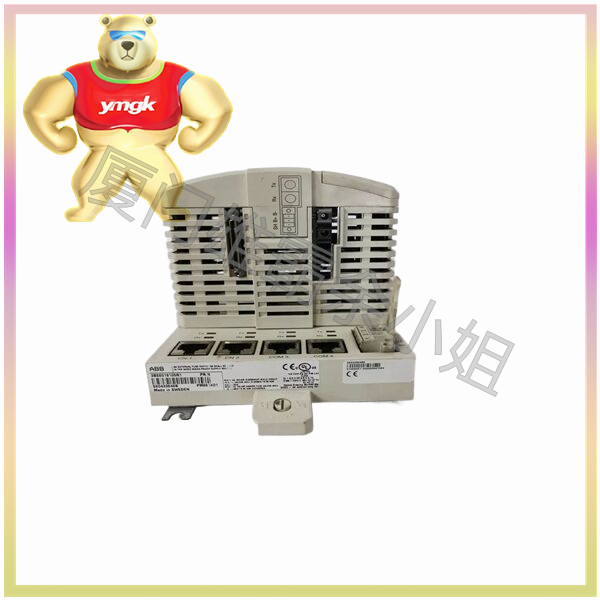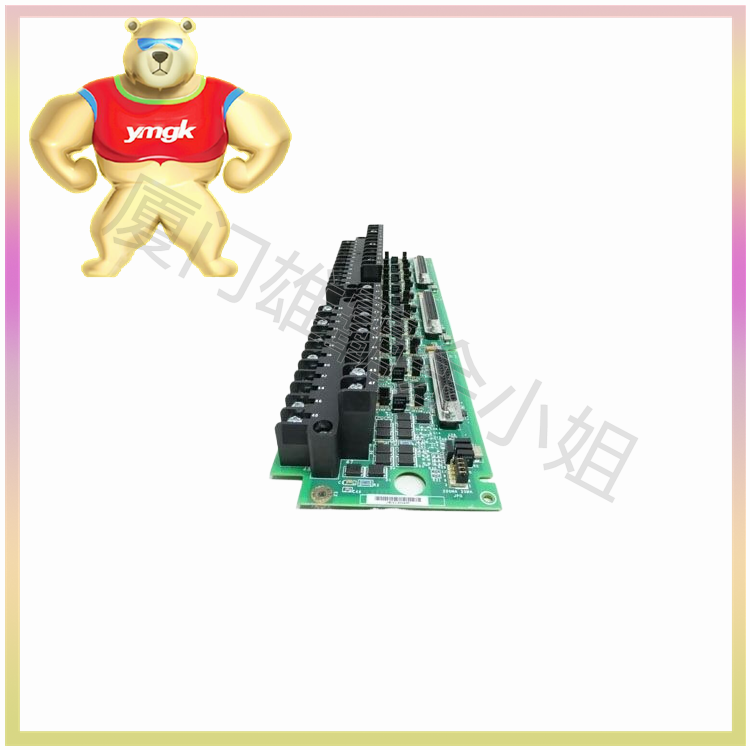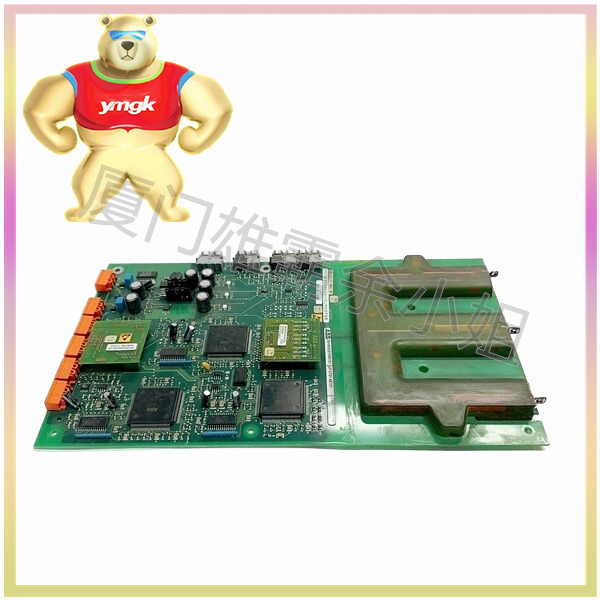1、 Linear power module
A linear power module is a type of power module that converts input voltage into output voltage. Its working principle is to use the principle of resistance voltage division to adjust the output voltage by adjusting the resistance value of a variable resistor. The linear power module has the following characteristics:
- Stable output voltage: The output voltage of the linear power module is relatively stable with minimal fluctuations, making it suitable for devices that require high voltage stability.
- Low ripple noise: The ripple noise of linear power supply modules is relatively low, which has little impact on electronic devices.
- Low efficiency: Due to the working principle of linear power modules, their efficiency is relatively low, generally between 40% and 60%.
- Large volume: The linear power module has a relatively large volume, which is not conducive to the miniaturization of electronic devices.
Linear power modules are commonly used in devices that require high voltage stability, such as medical equipment, communication equipment, etc.
2、 Switching power module
A switching power module is a power module that uses switching devices (such as transistors, MOSFETs, etc.) for voltage conversion. Its working principle is to control the input voltage through switching devices, thereby achieving the regulation of the output voltage. The switch power module has the following characteristics:
- High efficiency: The efficiency of switch mode power supply modules is relatively high, generally between 80% and 90%, or even higher.
- Small size: Due to the working principle of the switch power module, its relatively small size is conducive to the miniaturization of electronic devices.
- High Ripple Noise: The ripple noise of the switching power supply module is relatively high, but it can be reduced through filtering circuits.
- Adjustable output voltage: The output voltage of the switching power module can be adjusted through PWM (pulse width modulation) technology, which has good adjustability.
Switching power modules are widely used in various electronic devices, such as computers, mobile phones, household appliances, etc.
3、 Voltage stabilizing power module
A regulated power module is a type of power module that can stabilize the input voltage within a certain range. Its working principle is to monitor the output voltage in real time through feedback control, and adjust the input voltage to ensure the stability of the output voltage. The regulated power module has the following characteristics:
- Good voltage stability: The voltage regulator module can stabilize the output voltage within a certain range with minimal fluctuations.
- Strong load adaptability: The regulated power module can adapt to different load changes, ensuring stable output voltage.
- Low Ripple Noise: The ripple noise of the regulated power supply module is low, and its impact on electronic devices is minimal.
- High efficiency: The efficiency of the regulated power module is generally between 70% and 90%.
Voltage stabilizing power modules are commonly used in devices that require high voltage stability, such as communication equipment, medical equipment, etc.
4、 DC-DC converter module
A DC-DC converter module is a power module that converts a DC input voltage into a DC output voltage. Its working principle is to use switching devices for voltage conversion and filter through components such as inductors and capacitors. The DC-DC converter module has the following characteristics:
- High efficiency: The efficiency of DC-DC converter modules is relatively high, generally between 80% and 95%.
- Small size: The small size of DC-DC converter modules is beneficial for the miniaturization of electronic devices.
- Adjustable output voltage: The output voltage of the DC-DC converter module can be adjusted through PWM technology, which has good adjustability.
- Strong load adaptability: DC-DC converter modules can adapt to different load changes, ensuring stable output voltage.
DC-DC converter modules are widely used in various electronic devices, such as mobile phones, laptops, communication devices, etc.
5、 AC-DC converter module
An AC-DC converter module is a power module that converts an AC input voltage into a DC output voltage. Its working principle is to use a rectifier circuit to convert AC voltage into DC voltage, and filter it through a filtering circuit. The AC-DC converter module has the following characteristics:
- Wide input voltage range: The AC-DC converter module can adapt to a wide input voltage range, such as 85-265V.
- Stable output voltage: The AC-DC converter module can stabilize the output voltage within a certain range with minimal fluctuations.
- High efficiency: The efficiency of AC-DC converter modules is generally between 70% and 90%.
- Strong load adaptability: The AC-DC converter module can adapt to different load changes, ensuring stable output voltage.
AC-DC converter modules are widely used in household appliances, communication equipment, medical devices, and more.
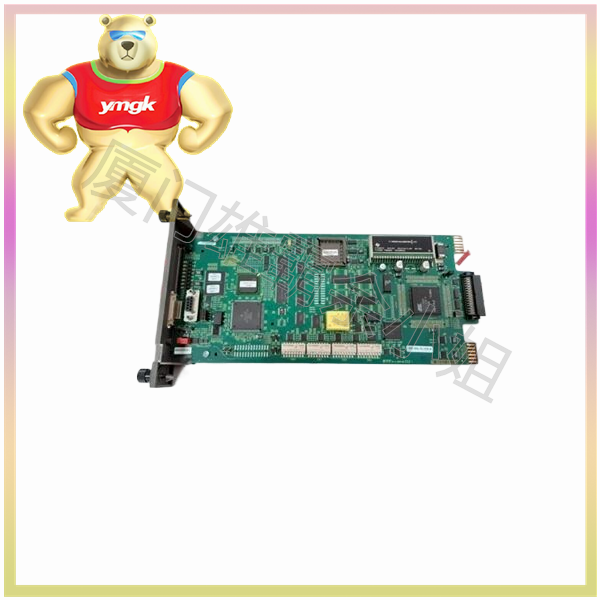
6、 Module power supply
Module power supply is a power module that integrates power management functions. Its working principle is to integrate the power management circuit and power conversion circuit into one module, achieving control and management of the power supply. The module power supply has the following characteristics:
- Highly integrated: The module power supply integrates the power management circuit and power conversion circuit into one module, with a high degree of integration.
- Easy to design: The module power supply has standardized interfaces, which facilitates the design and development of electronic devices


